Longsnout corydoras - Corydoras treitlii
Scientific name: Corydoras treitlii
Common name: Longsnout corydoras
Family: Callichthyidae
Usual size in fish tanks: 5 - 6 cm (1.97 - 2.36 inch)
014
Recommended pH range: 6.4 - 7.1
Recommended water hardness: 5 - 20°N (89.29 - 357.14ppm)
0°C 32°F30°C 86°F
Recommended temperature range: 20 - 27 °C (68 - 80.6°F)
The way how these fish reproduce: Spawning
Where the species comes from: South America
Temperament to its own species: peaceful
Temperament toward other fish species: peaceful
Usual place in the tank: Bottom levels
Food and Feeding
Longsnout Corydoras are omnivorous and thrive on a well-rounded diet. Offer a staple diet of quality flakes, algae wafers, or sinking pellets to ensure proper nutrition. These bottom-dwellers enjoy bi-weekly treats of live or frozen bloodworms and brine shrimp, which keep them healthy and active. Since they feed primarily at the bottom, ensure that food reaches their level to prevent competition from mid-water tank mates.
Origin
Native to South America, Corydoras treitlii are found in the freshwater rivers and tributaries of Brazil. These waters are typically soft and slightly acidic, with sandy or fine gravel substrates that protect their delicate barbels. Mimicking these conditions in the aquarium helps them thrive and display natural behaviors.
Sexing
Sexing Longsnout Corydoras becomes easier as they mature. When viewed from above, females appear slightly larger with a more rounded body shape, particularly during the breeding season. Males are slimmer and slightly smaller.
Breeding
Breeding Corydoras treitlii in captivity remains a challenge, as there are no reported successful attempts in aquariums. In the wild, these fish are egg scatterers, depositing their eggs on plants, or substrate. To attempt breeding, provide a well-planted breeding tank and simulate seasonal changes by performing cooler water changes. Eggs, if laid, should be removed to a separate tank to prevent predation, and the fry can be fed Infusoria followed by newly hatched brine shrimp.
Lifespan
With proper care and a clean environment, Corydoras treitlii can live for 3-5 years in captivity.
Tank Setup and Behavior
Longsnout Corydoras are social and peaceful, making them excellent additions to community tanks. Keep them in groups of at least five individuals to promote natural schooling behavior and reduce stress. A sandy or fine gravel substrate is essential to protect their barbels from injury. Include plenty of hiding places such as driftwood, caves, and plants to replicate their natural habitat.
They coexist well with non-aggressive tank mates, such as:
- Neon Tetras – Small and colorful companions.
- Harlequin Rasboras – Peaceful schooling fish.
- Ember Tetras – Ideal for maintaining a harmonious tank.
- Otocinclus Catfish – Complementary bottom dwellers.
- Bolivian Rams – Gentle dwarf cichlids that pair well with Corydoras.
Short Description
Longsnout Corydoras, known for their peaceful demeanor and striking appearance, are a delightful addition to any community tank. Though rare in the aquarium trade, their manageable size, social nature, and compatibility with other peaceful species make them highly desirable among aquarists. Provide a suitable environment, and they will reward you with their active and engaging behavior.
Picture
Bought by aqua-fish.net from jjphoto.dk.
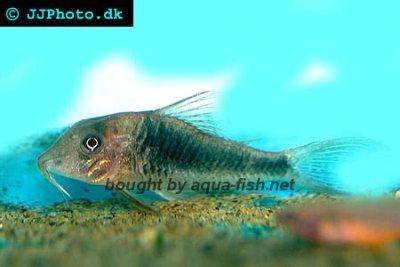

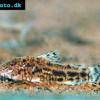 Aspidoras
Aspidoras 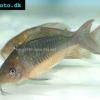 Giant
Giant 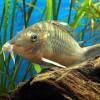 Hognosed
Hognosed 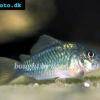 Emerald
Emerald 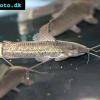 Cascarudo
Cascarudo 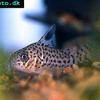 Acre
Acre 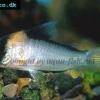 Adolfo’s
Adolfo’s 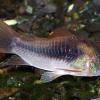 Bronze
Bronze 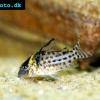 Agassizii’s
Agassizii’s 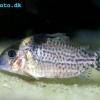 Spotted
Spotted 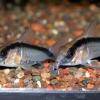 Skunk
Skunk 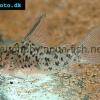 Corydoras
Corydoras 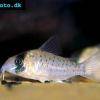 Fairy
Fairy 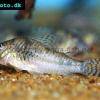 Corydoras
Corydoras 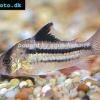 Pink
Pink 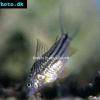 San
San 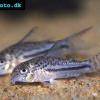 Bond’s
Bond’s 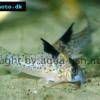 Spotted
Spotted 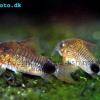 Tailspot
Tailspot 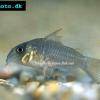 Concolor
Concolor 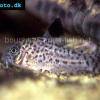 Cope’s
Cope’s 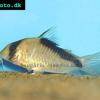 Sand’s
Sand’s 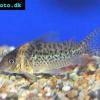 False
False 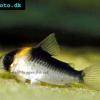 False
False 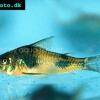 Ehrhardt’s
Ehrhardt’s 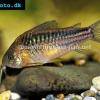 Elegant
Elegant 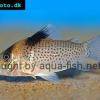 Saddle
Saddle 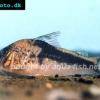 Fowler’s
Fowler’s 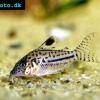 Gomezi
Gomezi 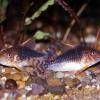 Palespotted
Palespotted 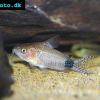 Guapore
Guapore 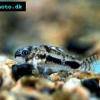 Dainty
Dainty 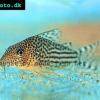 Mosaic
Mosaic 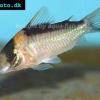 Imitator
Imitator 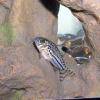 Julii
Julii 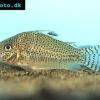 Leopard
Leopard 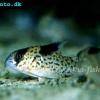 Black
Black 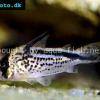 Slant-bar
Slant-bar 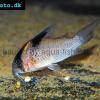 Bluespotted
Bluespotted 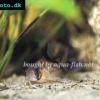 False
False 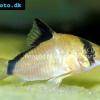 Bandit
Bandit 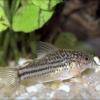 Mini
Mini 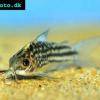 Napo
Napo 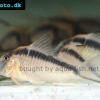 Corydoras
Corydoras 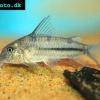 Blue
Blue 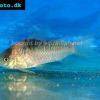 Nijssen’s
Nijssen’s 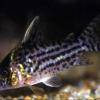 Ornate
Ornate 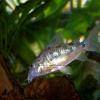 Peppered
Peppered 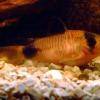 Panda
Panda 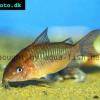 Albertini
Albertini 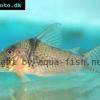 Pastaza
Pastaza 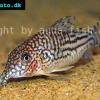 Corydoras
Corydoras 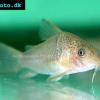 Many-spotted
Many-spotted 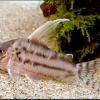 Pretty
Pretty 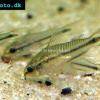 Dwarf
Dwarf 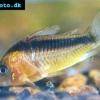 Iridescent
Iridescent 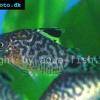 Reticulated
Reticulated 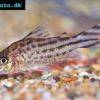 Bannertail
Bannertail 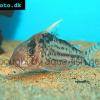 Robust
Robust 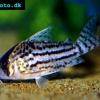 Schwartz’s
Schwartz’s 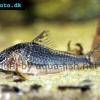 Black
Black 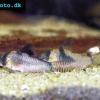 Longnosed
Longnosed 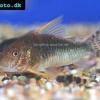 Seuss’
Seuss’ 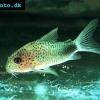 Smudge
Smudge 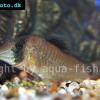 Masquerade
Masquerade 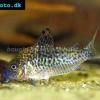 False
False 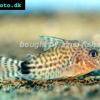 Millenium
Millenium 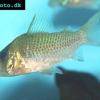 Pinkthroat
Pinkthroat 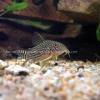 Sterba’s
Sterba’s 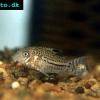 False
False 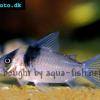 Miguelito
Miguelito 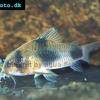 Twosaddle
Twosaddle 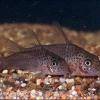 Xingu
Xingu 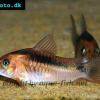 Black
Black 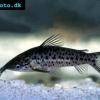 Porthole
Porthole 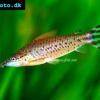 Flagtail
Flagtail 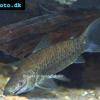 Brown
Brown 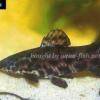 Spotted
Spotted